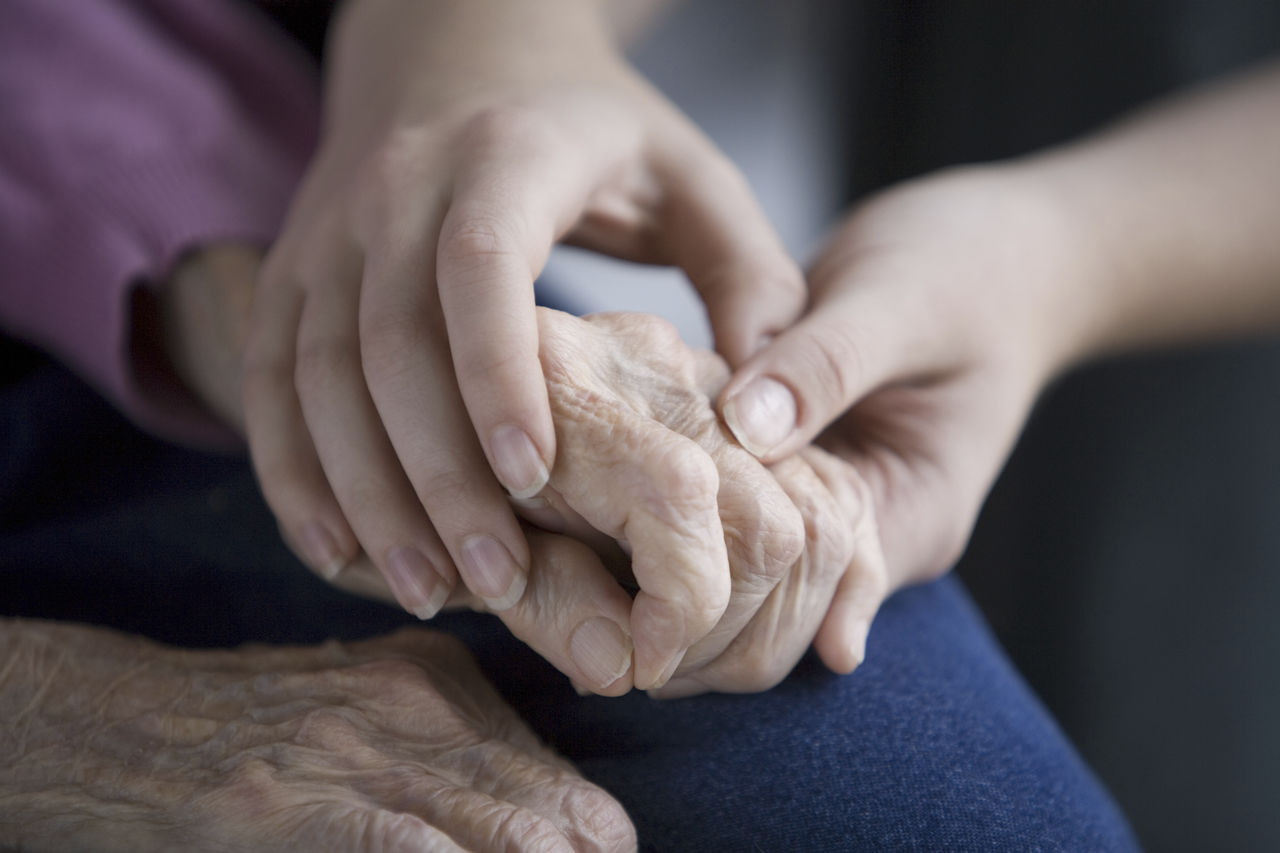AARP Hearing Center

Maryland ranks 12th among the 50 states when it comes to meeting the long-term care needs of older residents and people with disabilities, up from the 23rd spot just three years ago, but AARP warns more must be done to meet changing demographic demands. While the state posted gains in support for family caregivers with measures such as 2016’s passage of The Caregiver, Advise, Record, Enable (CARE) Act, Maryland continues to lag in the provision of services for adults with ADL disabilities. This, according to a new, comprehensive state-by-state Scorecard from AARP with support of the nation’s leading organizations behind quality long-term care, the Commonwealth Fund and the SCAN Foundation.
Picking Up the Pace of Change: A State Scorecard on Long-Term Services and Supports for Older Adults, People with Physical Disabilities, and Family Caregivers –the third in a series of reports—ranks each state overall and on 25 specific indicators in 5 key dimensions: affordability and access; choice of setting and provider; quality of life and quality of care; support for family caregivers; and, effective transitions between nursing homes, hospitals and homes.
“This Scorecard gives us a snapshot of how well Maryland serves our older residents, those with disabilities, and family caregivers—and shows us where we must sharpen our focus to better assist hardworking Marylanders,” concludes Hank Greenberg, AARP Maryland State Director.
Support for Family Caregivers
The 2017 Scorecard shows significant gains in support for Family Caregivers, a category where Maryland climbed from 33rd to 19th in rank. Today, unpaid family caregivers provide the bulk of care for older Marylanders, in part because the cost of long-term care remains unaffordable for most middle income families. In Maryland, more than 771,000 residents help their aging parents, spouses and other loved ones stay at home by providing assistance with bathing and dressing, transportation, finances, complex medical tasks like wound care and injections, and more. The value of this unpaid care totals about $9.3 billion annually.
In 2016, AARP Maryland successfully advocated for the CARE Act, which helps family caregivers when their loved ones go into the hospital, and as they transition home, and for measures permitting the delegation of basic health maintenance tasks to home health aides. AARP also supported legislation to modernize outdated rules to broaden scope of practice, so that nurse practitioners are empowered to do their jobs, using all their advanced training and skills to care for patients—when and where care is needed.
Long-term Services and Supports

Maryland has made inroads to improve long-term services and supports for older adults and people with disabilities, as highlighted in this Scorecard, but the results are uneven. The state ranks 6th in the country for Affordability and Access to care (unchanged from 2014), rose from 20th to 14th in Effective Transitions from hospital to home, improved from 45 to 34 in Choice of Setting and Provider, and remained even at 16 for Quality of Life and Quality of Care.
“Now is the time for policymakers to act,” says Greenberg, noting that Baby Boomers will begin turning 80 in the next 10 years, placing new expectations and demands on a still imperfect long-term care system. “Of the 25 Scorecard indicators, many may be improved through state-level action.”
If Maryland improved its performance to the level of the average of the top-five performing states, AARP estimates:
- 108,770 more place-based subsidized units and vouchers would be available to help low-income people with LTSS needs afford housing;
- 72,280 more people of all ages would receive Medicaid LTSS to help them with daily activities;
- 22,386 more home health and personal care aides would be available to provide care in the community;
- 13,375 more low-/moderate-income adults with disabilities would have Medicaid coverage; and
- $588,900,000 more would go to home-and community-based services instead of nursing homes.
Long-term care (also called long-term services and supports) is a diverse set of services designed to help older people and those with disabilities; services can be provided in a person’s home, in a community setting such as an adult day center, or in a group residential facility like a nursing home.
The full state Scorecard, along with an interactive map of state rankings and information, is available at www.longtermscorecard.org.































































